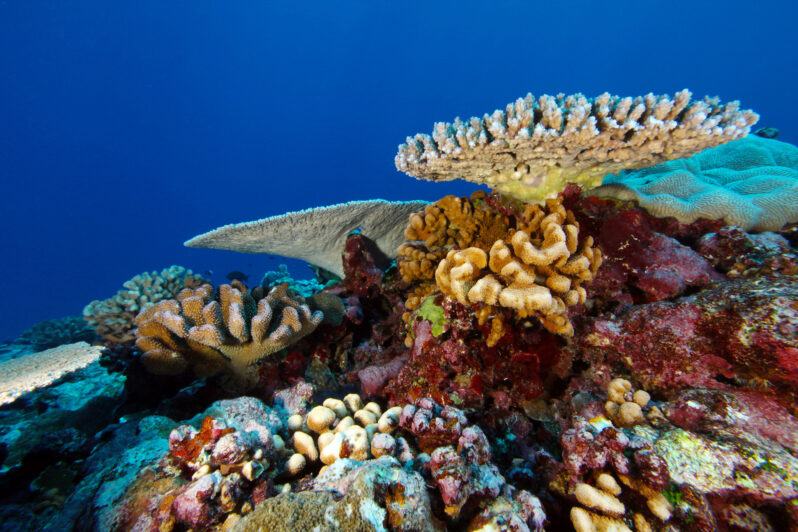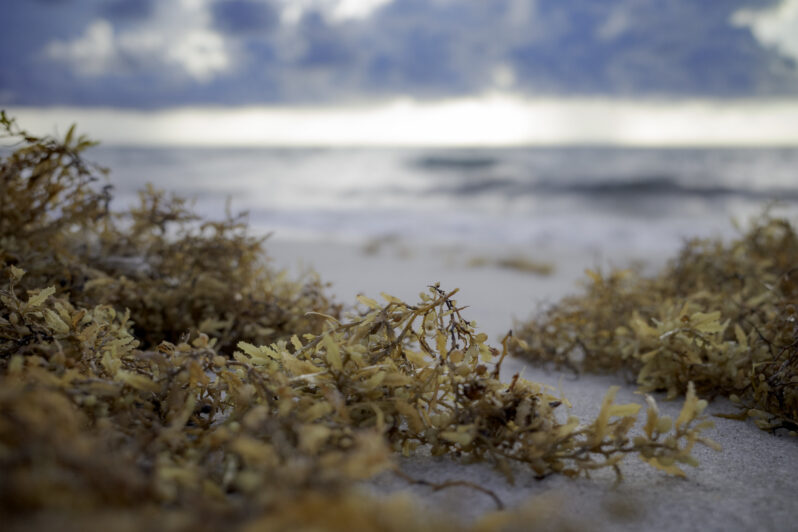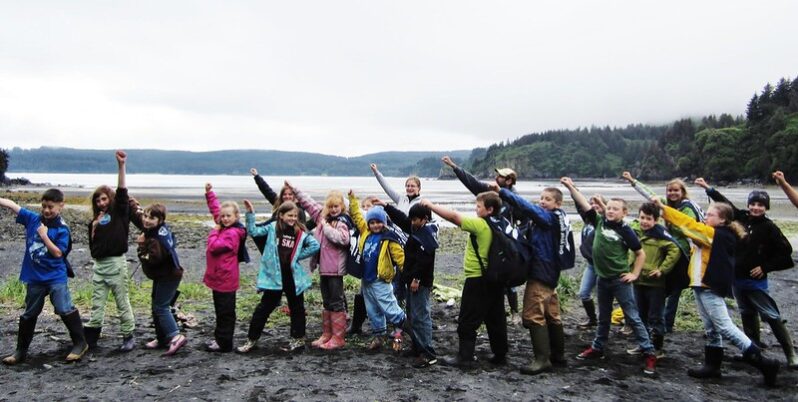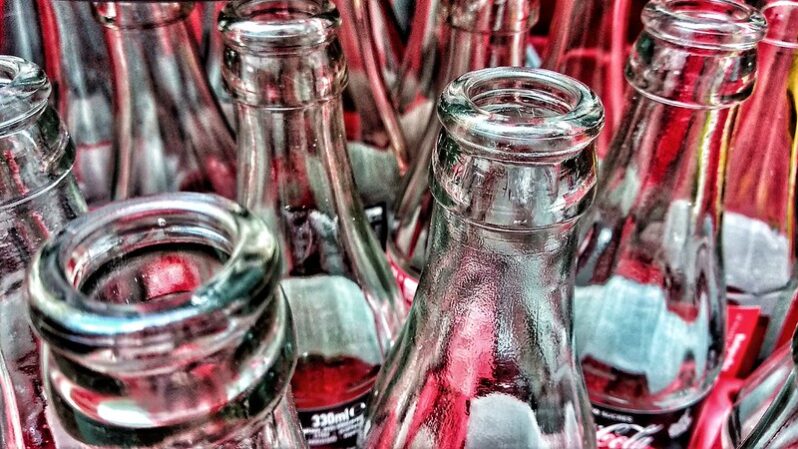One way to save coral reefs? Deep freeze them for the future – NPR

Ocean temperatures have been extremely hot this summer, wreaking havoc on some of the world’s highly vulnerable coral reefs. With marine heat waves only expected to get worse as the climate changes, scientists are increasingly focusing on an emergency plan: collecting coral specimens and safeguarding them onshore….
Giant blobs of seaweed are hitting Florida. That’s when the real problem begins – NPR

It used to be that the conversation around subtropical marine life centered on declines: the death of coral beds, the diminishing variety of seagrasses, the disappearance of fish. But for now, it’s an overabundance that’s hard to miss. From Montego to Miami, an influx of algae called sargassum is leaving stinky brown carpets over what was once prime tourist sand. It’s the most sargassum researchers have tracked this early in the year. Deciding what to do with it is proving more challenging the more we learn about it — and inspiring some entrepreneurs to rethink removing sargassum altogether…
Students learn lessons on climate change, pollution through raising salmon – NPR

“It’s really a delicate balance because we are dealing with traditions and culture of the Native people,” Hodges says. “This is their land, this is their salmon. And so we have to really be part of that.”
How A Used Bottle Becomes A New Bottle – NPR Planet Money

The rise of curbside recycling programs over the past few decades has meant more glass recycling. But for a long time, many recycling centers didn’t have the technology to turn recycled glass into the raw material for new bottles. Instead, recycled glass often wound up being used as a cheap construction material, or even to cover landfills.
Now, with new technology that can better sort glass collected in curbside recycling, more used glass bottles can be turned back into new glass bottles. To see how this works, we went to a glass recycling facility and a bottle factory…
Outside a recycling plant in Jersey City, N.J., there are piles and piles of what looks like garbage.
But it’s actually broken glass…
